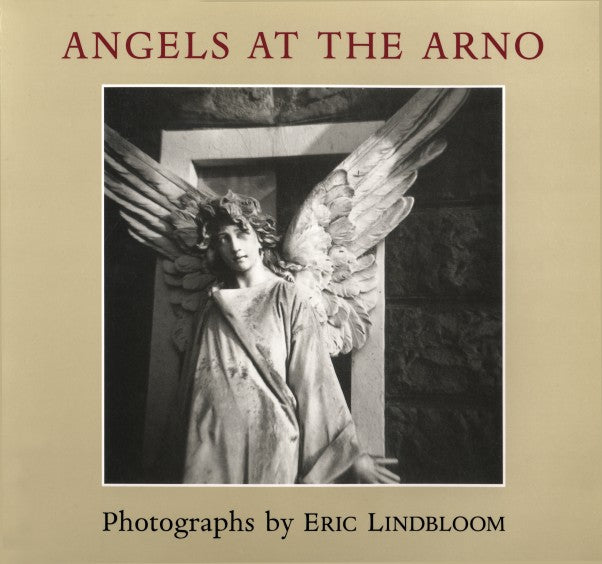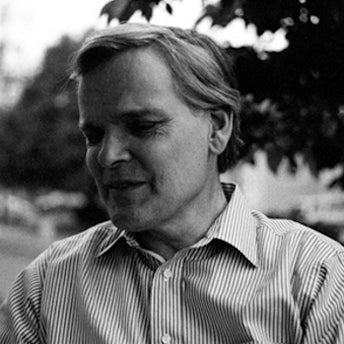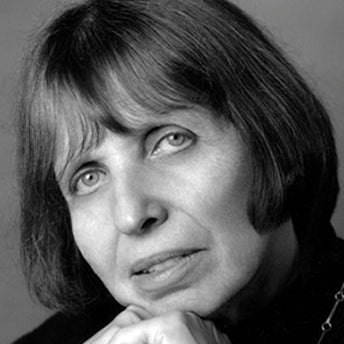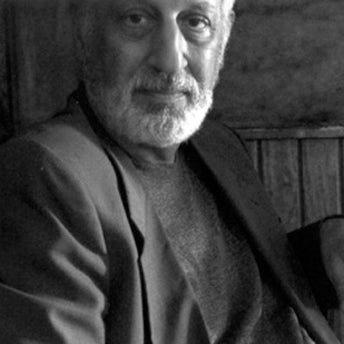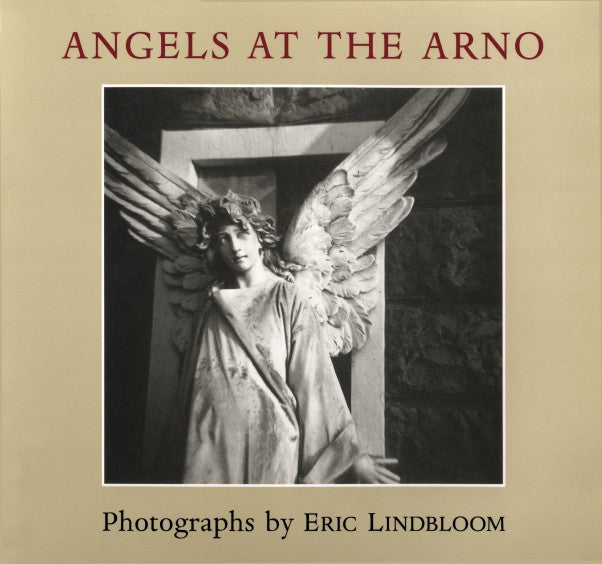
The Florence revealed in Eric Lindbloom's Angels at the Arno is almost startling in its intimacy and quiet solitude. Lindbloom's view of the city—rendered exclusively through the plastic lens of a Diana camera, virtually a child's toy—brings this venerable city to new life and light. With unabashed subjectivity and an offbeat, oneiric sensiblity, Lindbloom conveys his sense of an unveiled Florence, filled with views striking for the beauty they contain rather than for the history they suggest. This is a city not so much of paintings and trattorie as of mysterious, hidden sculptures, emerging from the ancient architecture like stone made flesh. As Linda Pastan writes in her preface, Lindbloom's Florence is "transformed from a city of blaring car horns and leather vendors, impressive piazzas and forbidding facades to a quiet place of small streets and courtyards, of homespun angels whose wings throw light and shadow over everything, even at high noon."
